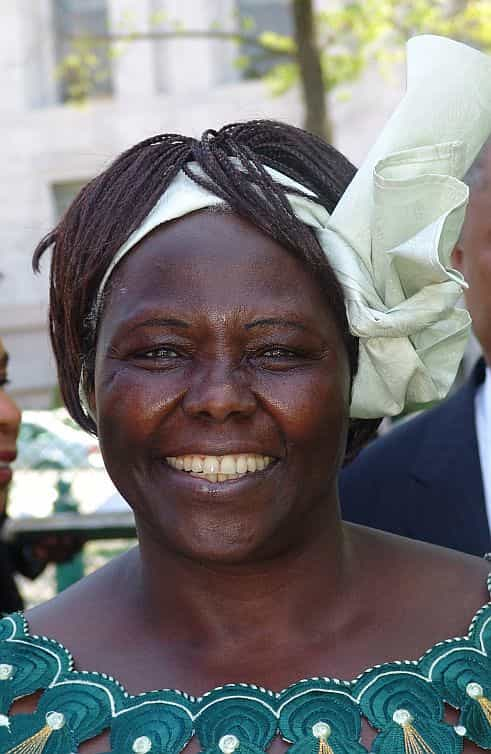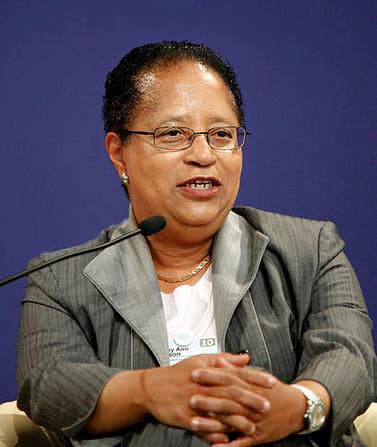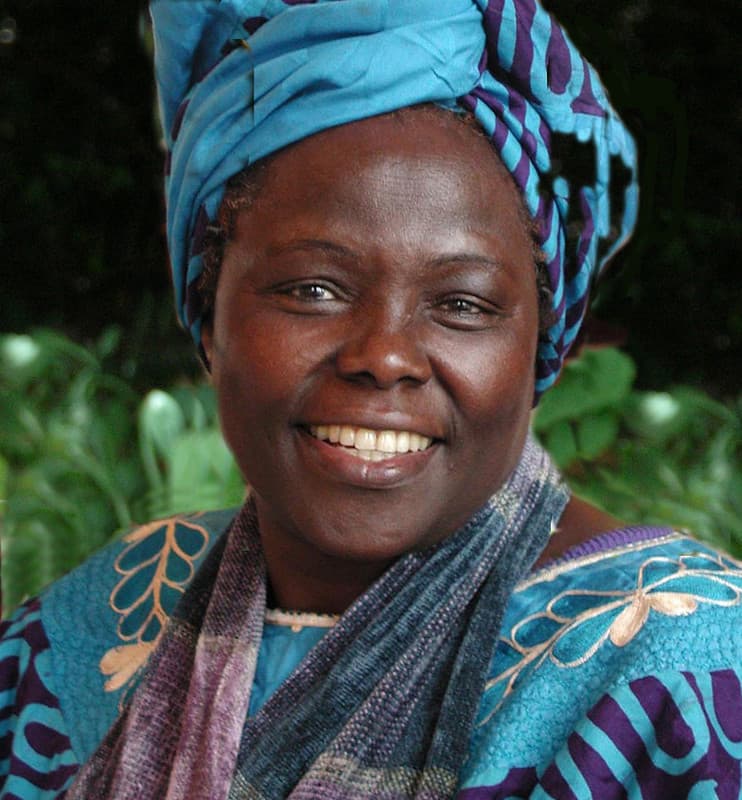For the longest time, the work and achievements of black female scientists have been underappreciated because we’ve not been getting the full story. White male scientists have been paraded in front of us, overshadowing these amazing black female scientists. But we are here to put an end to that.
This article will list 7 black female scientists whose work impacted the world.
Become an insider. Subscribe to our newsletter for more top trending stories like this!
1. Wangari Maathai

Wangari Maathai remains one of Kenya’s best female scientists to date. She was born in Nyeri, Central Kenya, in 1940 and had a pioneering educational record. She acquired a Bachelor’s and Master’s degree in Biological Sciences and went ahead to earn a PhD in Veterinary Anatomy. Subsequently, she worked as an associate professor in this field.
Maathai developed a track record for environmental conservation and founded the Green Belt Movement in 1977. Her environmental work earned her the biggest accolade of her career in 2004 when she became the first African woman to win the Nobel Peace Prize.
Wangari Maathai died in 2011.
People Also Read: 5 Incredible Black Women Actors to Follow in 2023
2. Patricia Bath
Born in Harlem, New York, Patricia Bath was a pioneering ophthalmologist who discovered and invented the laser phaco probe, a device and technique in cataract surgery. She patented her invention in 1988 and became the first African-American woman to hold a medical patent.
She championed the right of everyone to have the gift of sight and to keep this mission going, co-founded the American Institute for the Prevention of Blindness.
Bath died on May 30, 2019.
3. Carol Jemison
Doctor, engineer and NASA Astronaut, Mae Carol Jemison became the first Black woman to fly to space in 1992. She was part of the NASA training program for which she got accepted out of a pool of 200 applicants.
During her time at NASA, she played the role of a science special mission of the STS-47 Spacelab-J flight, which was in space for eight days, from September 12 to 20. Not long after her space exploration, Jemison left NASA to pursue her own interests.
People Also Read: 6 Famous Black Dancers You Should Know
Become an insider. Subscribe to our newsletter for more top trending stories like this!
4 Alexa Canady
Alexa Canady finished her residency at the University of Minnesota in 1981 to become the first female African American neurosurgeon. Three years later, she led the way again in her field with her certification to the American Board of Neurological Surgery.
She worked at the Children’s Hospital in Michigan as a pediatric surgeon and focused on treatments such as hydrocephalus, spinal abnormalities, brain tumors, and trauma. In 1989, long before her retirement in 2001, Alexa was inducted into Michigan’s Women’s Hall of Fame and received numerous other recognitions.
5 Shirley Ann Jackson

Born on 5 August 1956 in Washington, D.C., Shirley is one of the most important black female scientists in the world. Apart from becoming one of the first Black women to get a doctorate from the University of Michigan, she produced some outstanding inventions in telecommunications.
Some include solar cells, caller ID, fiber optic cables, and portable faux machines. So significant was her contribution that Time Magazine described her as “perhaps the ultimate role model of women in science”.
6. Mary Maynard Daly
After becoming the first African American woman to get a PhD in Chemistry, Mary Maynard Daly did some groundbreaking research on the link between cholesterol and heart attack. This led to further studies that examined the impact of food on the human body.
Additionally, she devoted her time to teaching biochemistry. To ensure that more minority students would be able to study science, she began a scholarship program at Queens College.
7 Annie Easley
When she began working for NASA, it was referred to as the National Advisory Committee for Aeronautics (NACA), making her one of the earliest black women to work for the organization.
Annie specialized in computer science and played a crucial role in the development of the centaur rocket stage. Additionally, Annie worked in programs that led to the design of the NASA nuclear energy reactor. Apart from that, she worked on codes that were used in the development of cars.
Annie ensured she would not leave the industry in the same shape as she found it. She took it upon herself to address gender and race issues by driving the inclusivity agenda.
Become an insider. Subscribe to our newsletter for more top trending stories like this!





